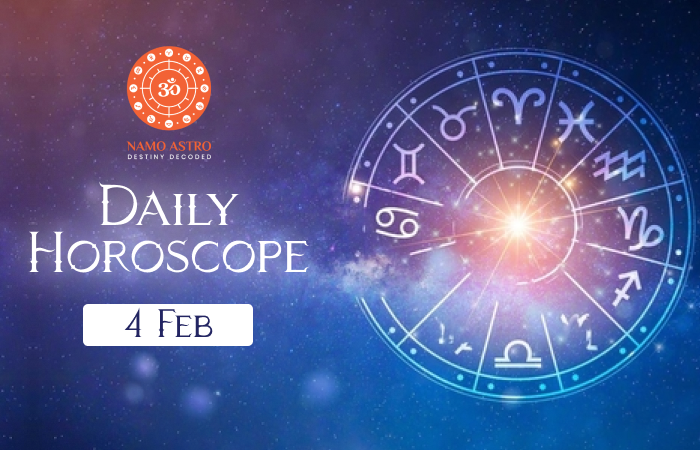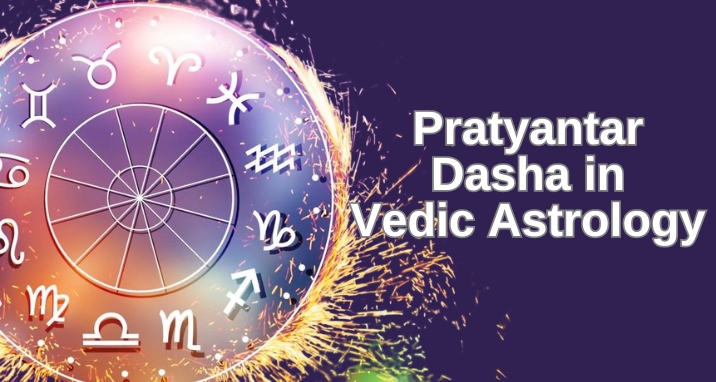Uttarayan: Significance, Rituals and Celebrations!
Uttarayan, also known as Makar Sankranti or Sankranti, is a widely celebrated Sanatan Hindu festival in India that marks the transition of the sun from the southern hemisphere into the northern hemisphere or, in simple words, from south to north. “Uttarayan” is a Sanskrit word, where “Uttar” means north and “Ayan” means transition towards; together, it means northward movement. Uttarayan has great cultural and dharmic significance across the country, with each region following various traditions and rituals associated with it.
Uttarayan is observed every year on January 14; however, dates may vary by just a day in some regions based on their regional solar calendar. This year, Uttarayan falls on January 15, as per Hindu calendars.
The Astronomical Significance of Uttarayan
Uttarayan is a festival of the sun’s movement from north to south; hence, astronomically, when the sun enters the zodiac sign of Capricorn (Makar Rashi), the northward journey of the sun begins. This transition of the sun from south to north indicates the end of the winter solstice, which initiates the gradual increase in the length of the day. As per the Sanatan Hindu calendar, this period is considered highly auspicious, as it is believed that our deities are more generous and compassionate during this time.
Cultural and Dharmic Significance
Uttarayan has immense cultural and dharmic significance in India and is celebrated across the country with great enthusiasm. Known as Makar Sankranti prominently in most states of the country, Uttarayan (also a lesser used word for the festival) is a more commonly used word in the state of Gujarat, where it is celebrated with great passion and spirit as the festival of kites. During this time, people of all ages gather on rooftops, open grounds or open spaces to fly kites.
These days, you will find kites in not only various colours but also very interesting shapes and designs that include current affairs, sports, entertainment and politics. People choose the opportunity to send a message across. After offering puja and sharing sweets made of til (sesame), jaggery, nuts, rice flour and various other items, people engage in kite flying. This tradition of kite flying is not just a recreation; it is a cultural confluence that symbolises the transition from darkness to light. It also signifies the victory of good over evil.
Celebration of Uttarayan in Other States
Uttarayan is celebrated with various regional customs and traditions in various parts of India. In Maharashtra, Uttar Pradesh, Madhya Pradesh, Uttarakhand, Bihar, Rajasthan, and Jharkhand, it is celebrated as Makar Sankranti. In many states, it is called Khichdi or Sankrant. In West Bengal, it is called Paush Parbon or Mokor Sonkranti; in Assam and many Northeastern Indian states, it is known as Bhogali Bihu or Magh Bihu.
In Punjab, it is Lohri, marked by bonfires, singing, and dancing. In Tamil Nadu, it is Pongal, and people prepare Pongal made from newly harvested rice, milk, and jaggery. This is offered to the sun god to express gratitude for a bountiful harvest. Uttarayan or Makar Sankranti, is celebrated in all regions of India and is known by different names.
Tilgul, gajak, tilkut, (sesame sweets), and preparations made of rice, nuts and jaggery are common in most states. In many states, the preparation of Khichdi from newly harvested rice is part of the ritual. Traditionally, people try to make preparations from all the newly harvested produce of the season. However, with time, things have changed.
Rituals and Celebrations of Uttarayan
Uttarayan is celebrated with a plethora of rituals and customs that differ from region to region in India. However, there are some common elements that you will observe in most regions:
Kite Flying
Kite flying is the most prominent custom of Uttarayan, and it is widely observed in Gujarat. People start preparing for kite flying almost a week in advance. They either make it or buy it from the market.
Special Foods
In India, festivals are nothing without sweets and different types of delicious preparations. Like most Indian festivals, Uttarayan is also associated with special food, a variety of sweet and savoury dishes using sesame seeds, jaggery, rice, and other ingredients available in the season.
Bonfires
Especially in North India, lighting bonfires is a common practice. One night before Uttarayan, this bonfire ritual indicates the end of winter and the onset of spring.
Charity
Uttarayan is also a time for daan (charity) for the needy. People from across the country do charity activities to mark the essence of the festival of sharing and caring.
Dharmic Practise
Additionally, people also observe dharmic rituals and prayers on Uttarayan. It is one of the most auspicious times for spiritual practises. You can also seek blessings from the Almighty for a prospective year and future.
Uttarayan is a harvest festival that celebrates the transition of the sun from the southern hemisphere into the northern hemisphere. It also has cultural, dharmic and astrological significance in India. People choose this opportunity to show their gratitude towards Surya Devta, Agni Dev and Dharti Mata for their abundance of harvest. The festival has been deeply rooted in our Sanatan Hindu culture and tradition since the time unknown. It is also a time to celebrate the renewal of hope for the future harvesting seasons. With delicious sweets and seasonal preparations, colourful kites, dance, and music, Uttarayan is an exhibition of the vibrant ancient cultural traditions of Sanatan Hindu practises. It is a time to come together to celebrate the magnificence of life and the passing of the seasons.









